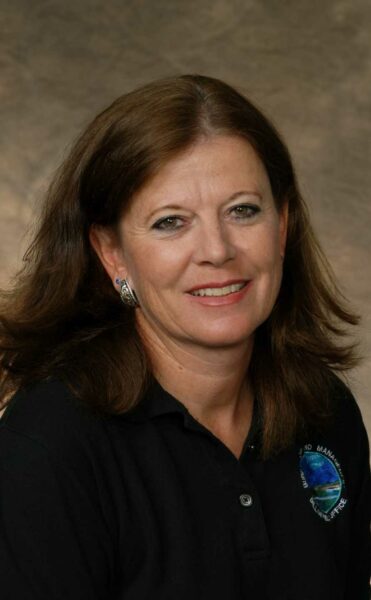
Patricia “Pat” Fosse worked for the Bureau of Land Management (BLM) in Utah and Montana for 35 years. During her career she was recognized for her outstanding achievements as a leader in developing collaborative partnerships between BLM staff, grazing permittees, and others, resulting in long-standing agreements and well managed watersheds.
WLA: Pat, give us some background on your time within BLM/FS. What positions did you serve in and where?
Pat: I began my 35-year career with BLM as a range conservationist in the Warm Springs Resource Area in Fillmore, Utah in the fall of 1987. The Warm Springs Resource Area was responsible for the management of about 2.2 million acres of public land from the I-15 corridor to the Utah/Nevada border. The day I started I was assigned 38 allotments encompassing about 1.2 million acres of BLM managed land in the northern half of Millard County, mostly winter sheep allotments. The Natural Resources Defense Council (NRDC) lawsuit settlement with the BLM in 1987 required the BLM to evaluate all improve (I) and maintain (M) category allotments within five years (by 1992) and adjust AUMs in accordance with carrying capacity based on existing monitoring data. We had a strong monitoring program in the Fillmore Field Office and kept up with it. In 1989, I was assigned co-lateral duties of forest products, noxious weeds, and NEPA coordinator. Between myself and one other range conservationist, Melanie Mendenhall, we completed about 400 utilization transects and close to 100 trend monitoring transects every year. This monitoring data supported the evaluations of our assigned allotments. It was a lot of hard work and tough conversations with permittees to complete all allotment evaluations, but by 1992 we had completed all allotment evaluations in the Warm Spring Resource Area. We implemented all these changes by agreement, not decisions. We later found out that we were the only resource area in the BLM that had completed evaluations on all their allotments.
In 1991, I was selected to Utah’s Leadership through Partnership program and completed several leadership courses over the next two years including the Management and Leadership Workshop. In 1993, the Warm Springs and House Range field offices, which were located in the same building, were combined into the Fillmore Field Office responsible for the management of about 4.6 million acres of public land in Millard and Juab Counties.
In the spring of 1994, I applied for and was selected as the assistant field manager of the Fillmore Field Office supervising the renewable resources staff: 13 full-time employees in the range, noxious and invasive species, wild horse, wildlife and fisheries, fire rehab, project engineering and operations programs. We were the largest range program in the state, with a large fire crew, fire rehab responsibilities and four wild horse herd management areas. For the first two years after I became assistant field manager, I continued as range con on my original 38 allotments because it took a couple of years to fill that position. During this time, I learned to be even more focused and efficient in my work, because I had to. From 1995 through 2001 we had some very large project fires and successfully completed several very large fire rehab projects in-house that were showcased in the Great. In 1997, it was over 100,000 acres. I also served as Utah’s management representative on the Great Basin Restoration Initiative Team. We had the most productive range program in the state and had implemented the standards and guides (S&Gs) on most allotments in the Fillmore Field Office by the time I left in 2001. We accomplished this by combining several large allotments in the same valley or mountain range into one rangeland health assessment and NEPA document (EA).
In 2001, I accepted a lateral transfer to the supervisory rangeland management specialist job in the Dillon, Montana, field office. This position was created because the range program was dysfunctional due to internal personnel issues. Work was not getting completed on the ground and there were several appeals from conservation groups as well as permittees. In this position, I supervised five range specialists, a range tech focused on noxious and invasive species, and a resource clerk. When I arrived in Dillon, the office had just started working on the new Resource Management Plan (RMP). The field manager assigned me to complete the S&Gs and fully process the grazing permits on the 400+ allotments in the Dillon Field Office by the congressional deadline of 2010. We divided the field office into 16 watersheds for the purpose of assessing the rangeland health standards and completing NEPA documents to revise management where needed to improve land health and meet the standards. After discussing this with the Range staff, forester, fire specialist, assistant field manager and field manager, we decided to include the other renewable resource programs and the recreation program in these assessments. We developed a plan to complete these watershed assessments on a ten- year adaptive management schedule. This schedule was included in the 2006 Dillon RMP. We started with the Upper Horse Prairie Watershed in 2002 and completed one or two watershed assessments every year through 2022.
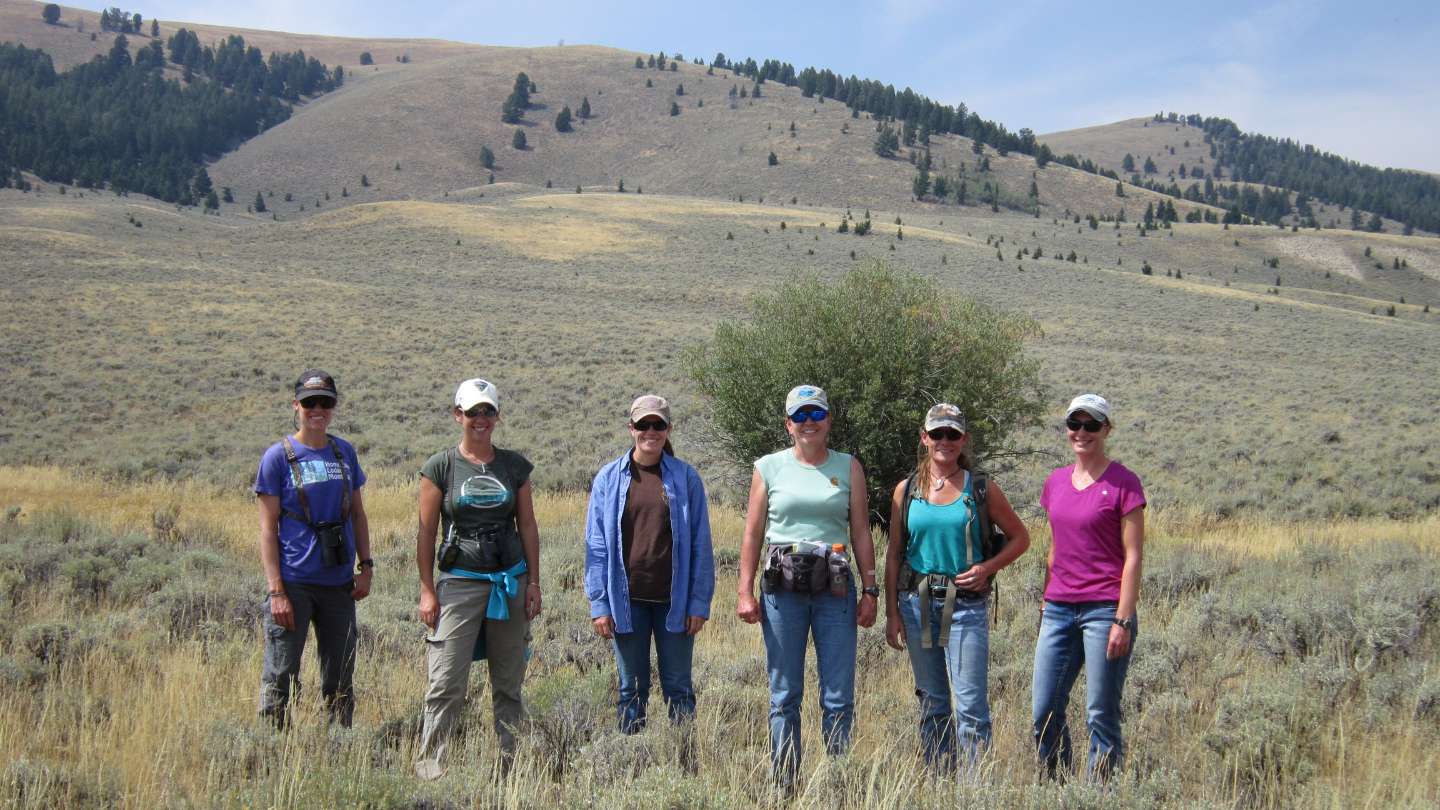
In 2006, I became the assistant field manager and supervised the renewable resources staff, which included range, noxious and invasive species, forestry, wildlife, fisheries, riparian/hydrology, resource clerk and laborer crews totaling 16 full time employees. I made sure we adhered to our schedule for watershed assessments, assessment reports, watershed level EA (NEPA) and decision completion, appeals and implementation of the decisions. We assigned an Interdisciplinary Team (IDT) leader and core members for each watershed and required the IDT to complete the field assessments, reports, and EA together as a team. I attended all but about five field assessment days over 21 years. My role was to ensure continuity in the process and keep the process moving along in the event of disagreements. On our IDT’s it was OK to “agree to disagree” if the specialists could provide ecological justification for their opinion. We were able to stick to this plan through 2022 when I retired. By 2022, all watersheds had been assessed two times and I helped assess the Upper Horse Prairie Watershed, where there are 36 allotments, for the third time. Through this adaptive management process on a ten-year cycle, we made tremendous progress in improving land health, earning credibility with the range users and other public land users, and having a productive team of scientists and specialists with high morale. When standards were not met on a specific allotment and we determined that current livestock management was a causal factor, we met with the rancher and their family, usually at their ranch. We explained that we needed to revise management to improve land health and that our goal was always to find a win/win scenario, to improve land health and to keep their business healthy and viable. We told them that we needed their help to develop an alternative that would work for both of us. The alternative that we worked out with each rancher was the preferred alternative in our EA. Because we developed the alternatives with the ranchers, they had a lot of “buy in”. Over 21 years, we made lots of revisions and changes to Term Grazing Permits, but we did not receive any appeals from our livestock permittees. I was able to start an in-house laborer crew with a full-time lead and five or six seasonal laborers every year to help implement our decisions. This facilitated jobs for local college students and resulted in constructing, implementing, and maintaining more than 50 structural projects annually, such as water developments, riparian pastures, and pasture fences. We also accomplished many projects through cooperative agreements with our permittees. We developed mutual trust and a good working relationship with the permittees.
Because we had such an efficient process for completing NEPA, we had many projects (including prescriptive burns, timber sales, and range and riparian structural projects) that were NEPA compliant and on the shelf to be prioritized for implementation. This was one of the major factors in the formation of the Southwest Montana Sagebrush Partnership (SMSP). Success breeds success!
I retired on July 30, 2022. The Dillon Field Office staff had a wonderful retirement party for me. My family, most of the staff, many past co-workers and many permittees attended my retirement party. It was bittersweet! I am now teaching a range management course at the University of Montana-Western.
WLA: Sounds like you and your teams were really able to get things done! Would you share some thoughts about the BLM mission and how you viewed your work in relation to that?
Pat: I love the mission of the BLM, “To sustain the health, diversity and productivity of the public lands for the use and enjoyment of present and future generations.” It doesn’t get much better than that. I viewed my work through the lens of this mission every day and this is what kept me highly motivated for 35 years. I also love the stated values of the BLM, “To serve with honesty, integrity, accountability, respect, courage, and commitment to make a difference”. When I was working in the Dillon Field Office, managing the beautiful landscapes of Southwest Montana, we believed that when we maintained or increased land health and facilitated maximum diversity at the landscape level, (including seral, structural, and vegetative diversity), this would provide habitat for the most wildlife species, keep the hydrologic cycle healthy and provide sustainable forage to keep working ranches on the land. Public and private lands are tied together – the private land in the valley bottoms and lower benchlands that is attached to these BLM permits is integral to wildlife habitat, open space, viewsheds, clean water, local and regional economies, cultures, and quality of life.
WLA: What led you to this work?
Pat: I grew up on a ranch in western North Dakota near the Knife River, south of a very small town, Golden Valley, North Dakota. I loved ranch work and was always interested in vegetation, soil and animals and the inter-relationship between animals and plants. I grew up with two sisters and two brothers and we were all very close in age. My parents, Armon and Peggy Wolff, taught us how to work and gave us a lot of responsibility as kids. We were taught that we could succeed at anything if we put our mind to it, had a good plan, worked hard and never gave up. We learned teamwork by building fences, moving cattle, haying, calving, feeding calves and all the other work that goes on in day-to-day life on a ranch. We also learned honesty, integrity, and a healthy work ethic. We learned to trust people and to earn trust from people. If we made a commitment, we had better follow through. Growing up this way resulted in each of us developing a large capacity for work as well as mental toughness. My parents had a lot of confidence in me, and I didn’t want to let them down. So, I worked as hard as I could and tried to do a good job at everything I did. I learned to have confidence in myself. I had two brothers, and my Dad decided they would stay on the ranch. This was never really stated out loud, but me and my sisters knew.
So, I got my bachelor’s degree in range management from the University of Montana’s School of Forestry. Dr. Lee Eddleman was my advisor. When I took his “Range Forage Plants” class, he told the class on day one that he did not give A’s in his class. I worked so hard in his class that a couple of my other classes suffered. At the end of the semester, I received an A. I asked him about it and he told me that he does not give A’s, but he lets students earn them.
I married my husband, Perry Fosse, in 1981. He has a similar work ethic and values as I do, so we were able to serve as “sounding boards” and support each other through the years and ups and downs of life while raising kids and working in careers.
WLA: During your career with the BLM, you were recognized by peers and partners as someone who gets things done, within a bureaucratic system that some say is a challenging setting to do so. What do you attribute these successes to?
Pat: I am naturally optimistic and don’t like to say “can’t” so I re-phrased issues or assignments to “how can we?” I told all my employees that no one in BLM is more important than anyone else. However, our roles differ, and we needed each other to be successful at our roles in order for the BLM team to be successful. I explained the importance of everyone’s role (including seasonal employees) and where they fit in the big picture. I told them we worked for the American people and that we needed to hold ourselves accountable to follow through with our commitments. I held myself accountable. I hired really, really good people and empowered them to do their job by getting them all the tools and training they needed and trusting them.
My mantra was “Trust is power.” I had confidence in them, and they did not want to let me down. I explained to the range specialists the day they started that their job was to help the permittees be successful in managing their allotments sustainably and meeting the terms and conditions of their permits/leases and they all took this very seriously. I gave employees guidance and direction, and I helped them be successful until they no longer needed my help because they had confidence in themselves. If they got overwhelmed, I helped them prioritize their workload and reminded them that “you have to eat the elephant one bite at a time.” Family comes first, I lived that and made sure my employees knew that I supported them for family time and needs. I told them my expectations were simple, I expected an honest day’s work for an honest day’s wage. I also sought everyone’s opinion on decisions that affected them, which helped us make better decisions, made them all know that I valued their opinion and that they were an important part of our team.
I think continuity (with integrity) in these BLM jobs is undervalued in BLM culture. We had outstanding continuity of staff while I was in the Dillon Field Office. I took hiring employees very, very seriously. Hiring decisions are the most important decisions I made.
If we were working on innovative processes or projects that had no existing policy or regulation, I asked our IDTs and others close to the project or process for their input. We then made a decision and moved forward. In bureaucratic settings, there is always someone who feels like their job is to say no, so we did not ask up the chain too far regarding things on the ground that we knew more about.
I told the specialists that if we erred, we should try to err on the side of the resource. We found some ways to make things work on the ground that improved relationships and land health. We shared our process, documents and successes with many other BLM offices and anyone else who asked.
WLA: Any other contributing factors?
Pat: I was fortunate to have some very good mentors and partners in my life and career; my parents and siblings, my husband and two kids, many great working peers and friends, a couple of great Field Managers who were excellent mentors. Another contributing factor is my strong faith in Jesus, my Savior. This faith always keeps me optimistic, grounded, hopeful and happy to help others. I keep this passage from Galatians (6:9) in mind: “Let us not grow weary in well-doing, for in due time we will reap a harvest if we do not give up”.
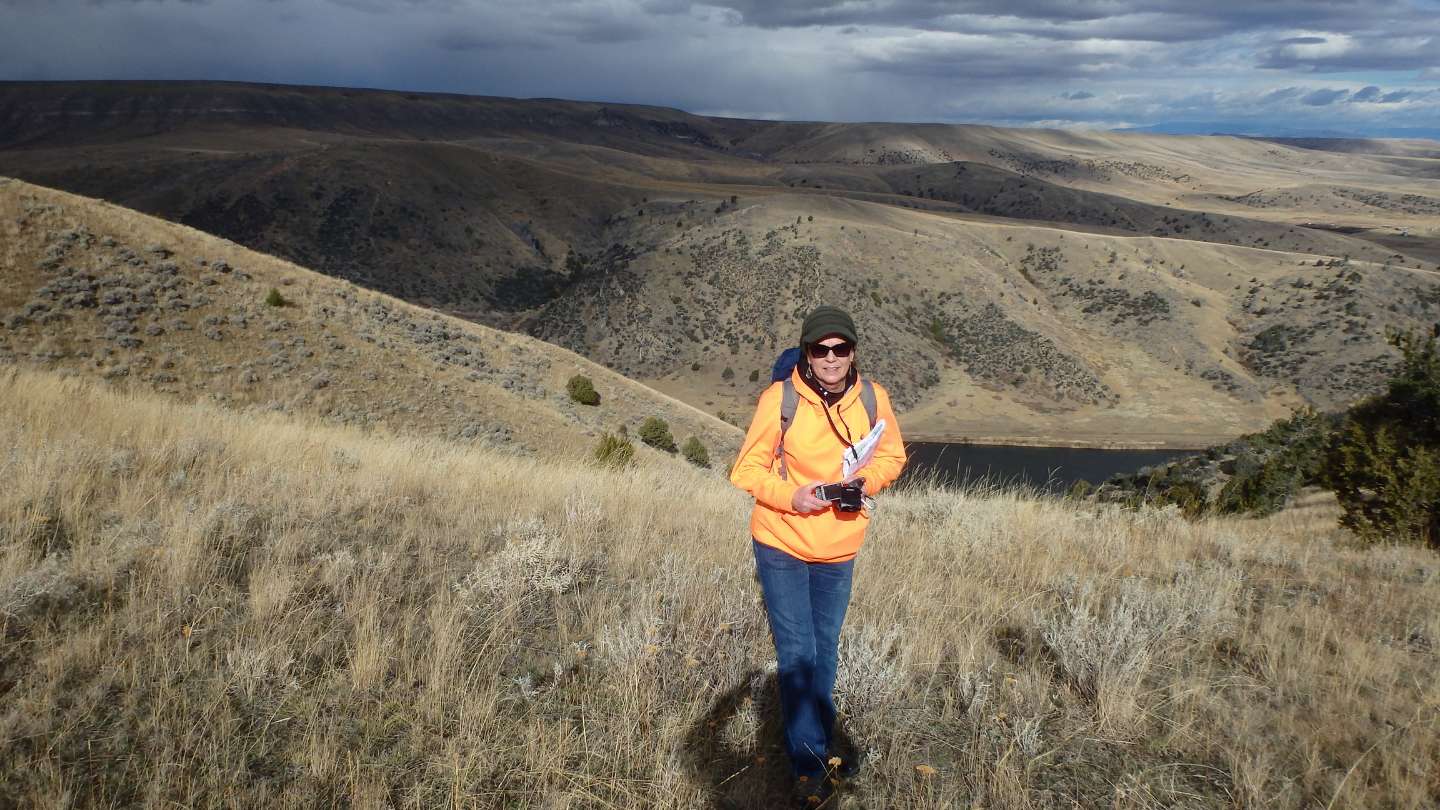
WLA: What advice would you give to field staff and managers?
Pat: To supervisors and managers, I’d say, a job title does not necessarily make you a leader. A leader inspires confidence in others, serves others, and positively influences others to meet common objectives by earning credibility through what you say and, more importantly, by what you do!
You have a wonderful, but tough job. Hold yourselves accountable and hold others accountable to meet the primary mission of the BLM. It’s easy to say, “we can’t” or “I can’t”, but that is not our job. I have seen managers and supervisors that make excuses for not being able to complete projects or assignments because it is easier to make excuses than the tough job of following through with commitments and serving our customers, the American people, well. Build trust with your employees and constituents by following through with your commitments. There are so many distractions from the primary mission, but my advice is to make that worthy mission the highest priority. Provide guidance and direction and set priorities for your staff or field office to be successful at the primary mission first. That is the meat and potatoes of BLM field office jobs.
To field staff, I would tell them what I told all the people who came to work for me over the years. You do important and amazing work. Always keep monitoring as a high priority. If you err, err on the side of the resource. Do your best every day to move the pendulum. Eat the elephant one bite at a time. Spend most of the field season in the field. Give an honest day’s work for an honest day’s wage. Hold yourself accountable. Have the courage to give honest feedback. Be proud of what you do and never give up. Work hard and have fun! These are the “good old days.”
WLA: Do you have a particular project or partnership that you are especially proud of?
Pat: I am especially proud of the watershed assessment process I instituted, and we carried out for over 20 years. It made such a measurable difference in the health of the land, the morale of the office and our credibility within the community. I am also very proud of the Southwest Montana Sagebrush Partnership and all the great work we have been able to accomplish in an “all hands all lands” approach. The partnership continues to increase capacity for all the partners involved.
WLA: What are some big challenges the agency faces in the next few years?
Pat: In 1899, Jared G. Smith of the Department of Agriculture wrote, “The holding or use of lands in common always results in rapine because of the principle that what is everyone’s property is no one’s, and no one is responsible for its abuse and spoilation.” Of course, he was talking about the unregulated livestock grazing at the turn of the century which has been referred to as a “tragedy of the commons.” I am concerned that our next “tragedy of the commons” will be degradation, habitat fragmentation and perhaps more threatened and endangered species from too much dispersed recreational use on the most popular areas of public land. I believe one of the biggest challenges facing the BLM in the next decade is the quickly growing population that is moving to or visiting western rural areas to recreate on public lands. Many users try to follow the rules, but there are enough that do not heed the rules that it is a huge concern. Many new users don’t know the rules and there are hundreds of recreationists with UTVs. They are making new user created roads, causing weed spread, erosion, habitat fragmentation, noise pollution, chasing big game on winter ranges, etc. Once a new road is created, others see the tracks and follow. People are flocking to the public lands in rural areas to recreate and in many cases this use is taxing rural volunteer search and rescue units when recreationists have accidents or get lost. Demographic predictions show that more and more people will continue to move from urban to rural areas. Neither the BLM field offices nor the rural towns are prepared for this much use. Field offices do not have the staff, particularly outdoor recreation planners and law enforcement officers, in place to protect the land and resources from these uses. Most field offices have travel management plans and rules for recreationists to follow, but if they don’t have the personnel to enforce the rules, they are not worth much more than the paper they are written on. As a renewable resource scientist, I understand that every unit of land has a carrying capacity and if that carrying capacity is exceeded, another value or resource on that unit of land will be degraded, diminished, or destroyed.
Another challenge is the increasing rules, complexity and bureaucracy involved with processes like hiring employees and processing grants and agreements to work with partners. Field offices are becoming hamstrung by not being able to hire the specialists needed to do the job and by not being able to timely (or at all) process grants and agreements to increase capacity by working with partners.
Hiring and retaining great employees is a major challenge in many locations. People don’t want to work in dysfunctional offices that have a lot of employee turnover, little or no mentorship for new employees, and little work getting done on the ground. Also, some BLM offices are not in desirable locations for young families.
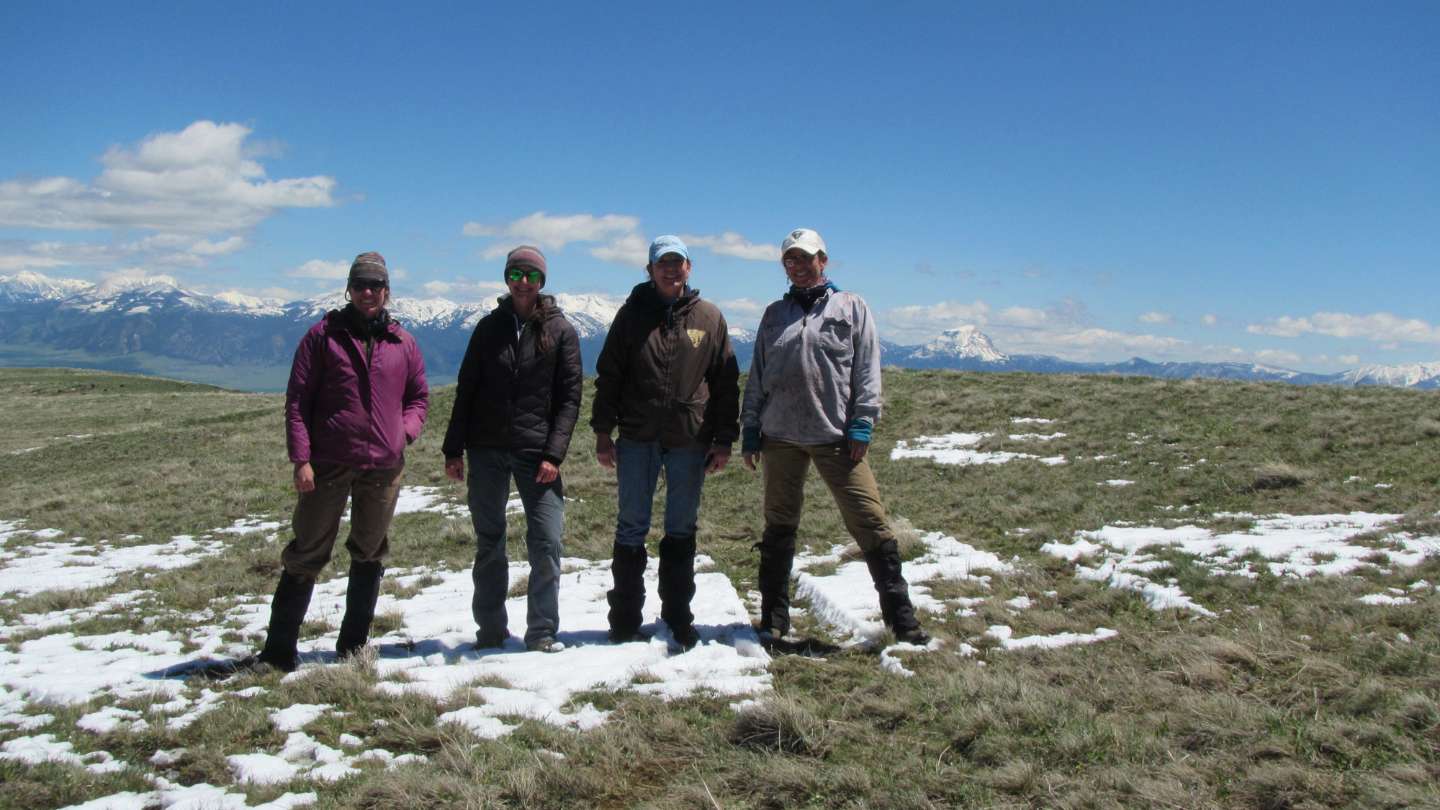
WLA: What do you think are the biggest opportunities?
Pat: My concern regarding the new “tragedy of the commons” can be a great opportunity if we act now to prepare for this additional use and figure out how to mitigate impacts while still allowing ample recreational opportunities. Rural towns need more resources for Search and Rescue, BLM field offices need adequate personnel and direction to mitigate degradation and destructive behavior by dispersed recreational users. Consequences to breaking the rules (such as littering, and unauthorized off-road use) need to be great enough that they serve as a deterrent. A strong public educational component is needed to teach the public to recreate responsibly so that the next generation can also enjoy healthy and diverse public land. Leave it better than you found it. Perhaps citizen watch groups to help monitor compliance would be helpful.
Opportunities also exist to simplify important processes. This needs to be done at headquarters or the Office of Personnel Management, because it is an issue across the government. Simply hiring an employee has become so complex and backlogged that it is taking one to two years to fill a position when someone leaves. That is entirely unacceptable. Hiring needs to be simplified for agencies to complete their mission. Seasonal hiring needs to be simplified as well – why does it have to be so complicated? And why is it so complicated to enter into an agreement with partners? What a great opportunity to help the land and resources – simplify hiring. Another great opportunity is to help (or require) more offices to assess land health at the watershed or landscape scale. Perhaps start with a small one at first to learn the process. There are opportunities to complete more programmatic EAs to speed completion of common projects identified within the landscape assessments. I have always been a very strong proponent of monitoring, and I think short and long-term monitoring should be a high priority for every office – to inform, support and defend our decisions. Not just modeling and remote sensing monitoring, but actual boots on the ground utilization and trend monitoring. Having good monitoring data and using that data to make decisions will help inform good decisions and result in winning most appeals and litigation from activist groups. That is an amazing opportunity.
Sorry, the comment form is closed at this time.


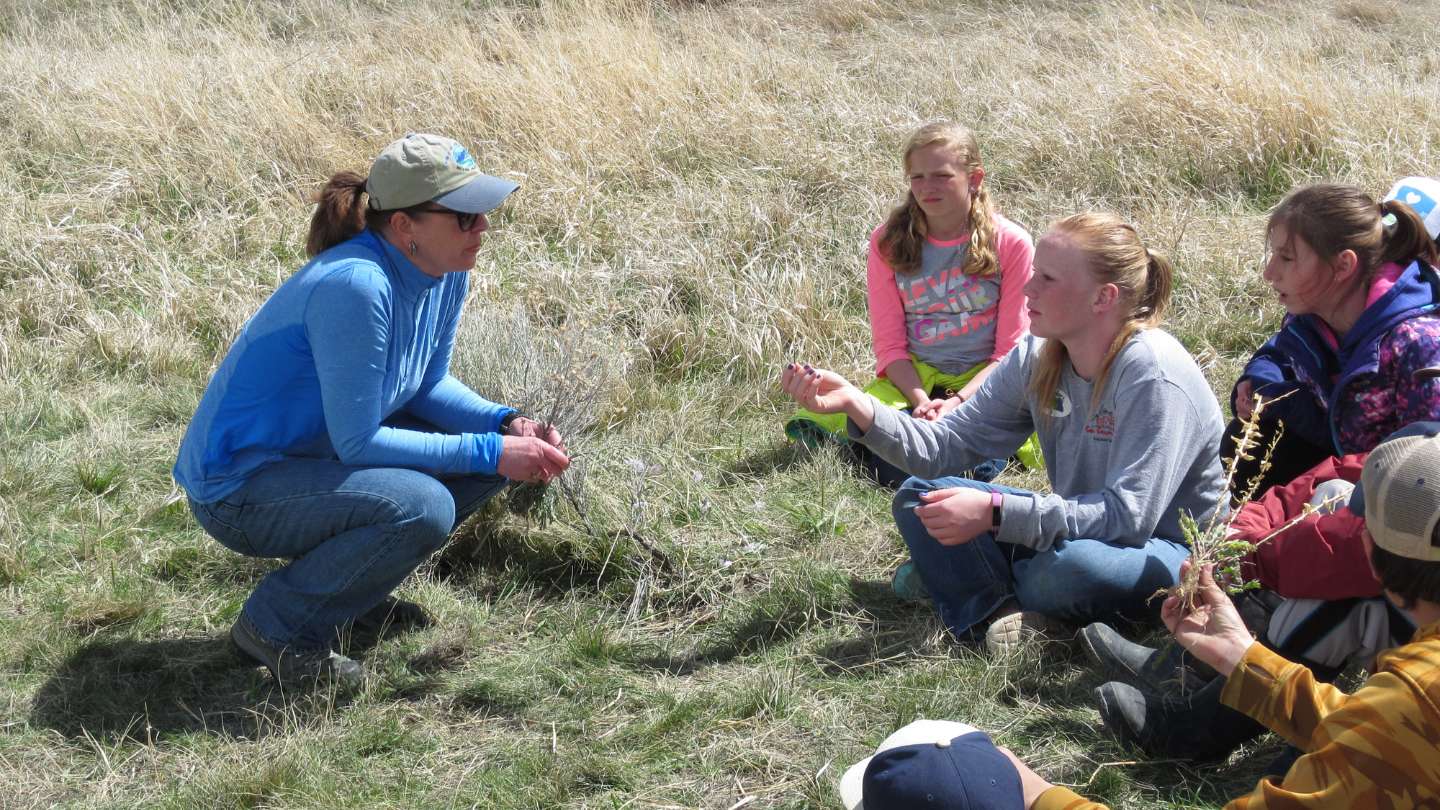

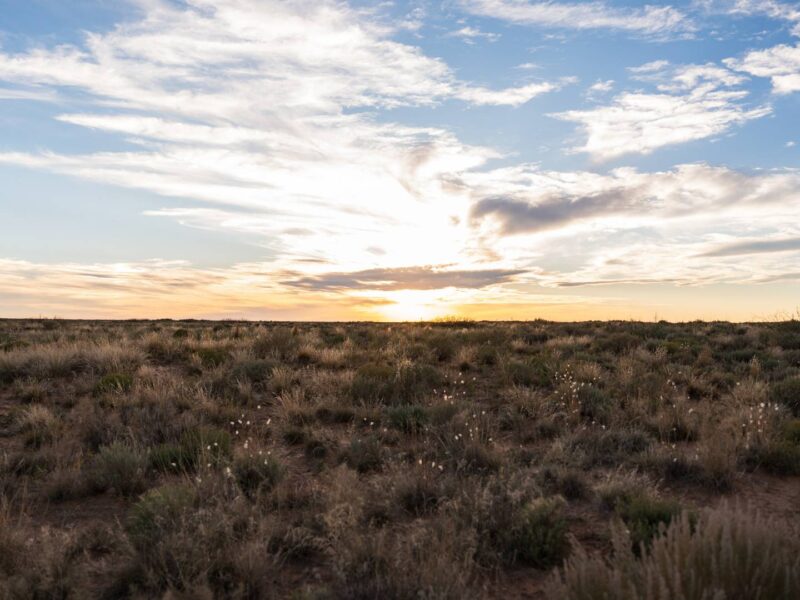
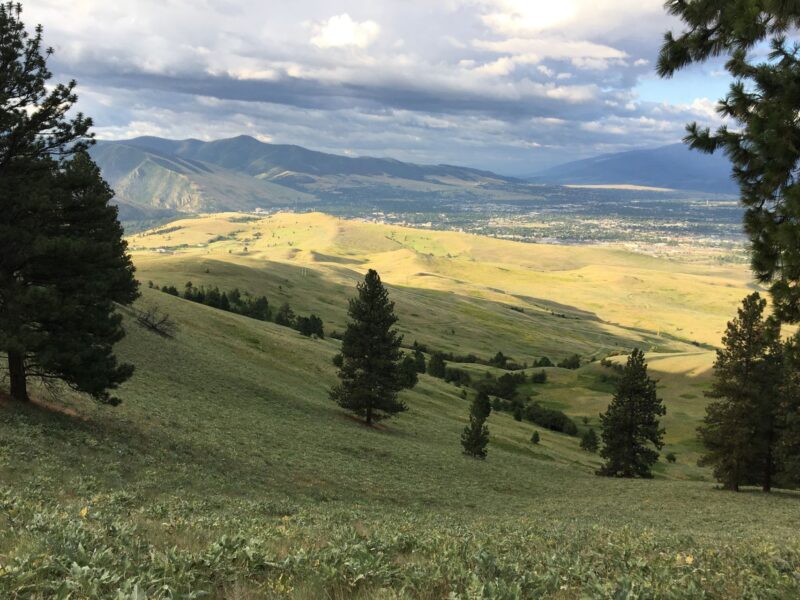
Kathy Trout
Such a well written article by a very qualified knowledgeable person. Too bad Pat Fosse has retired. What a wealth of knowledge she holds. Listen to her advice as like Teddy Roosevelt once said, (it’s the man in the arena that counts), as Pat Fosse most obviously was. She cut through the red tape and got the job done. No blisters in her butt from sitting in a chair!!